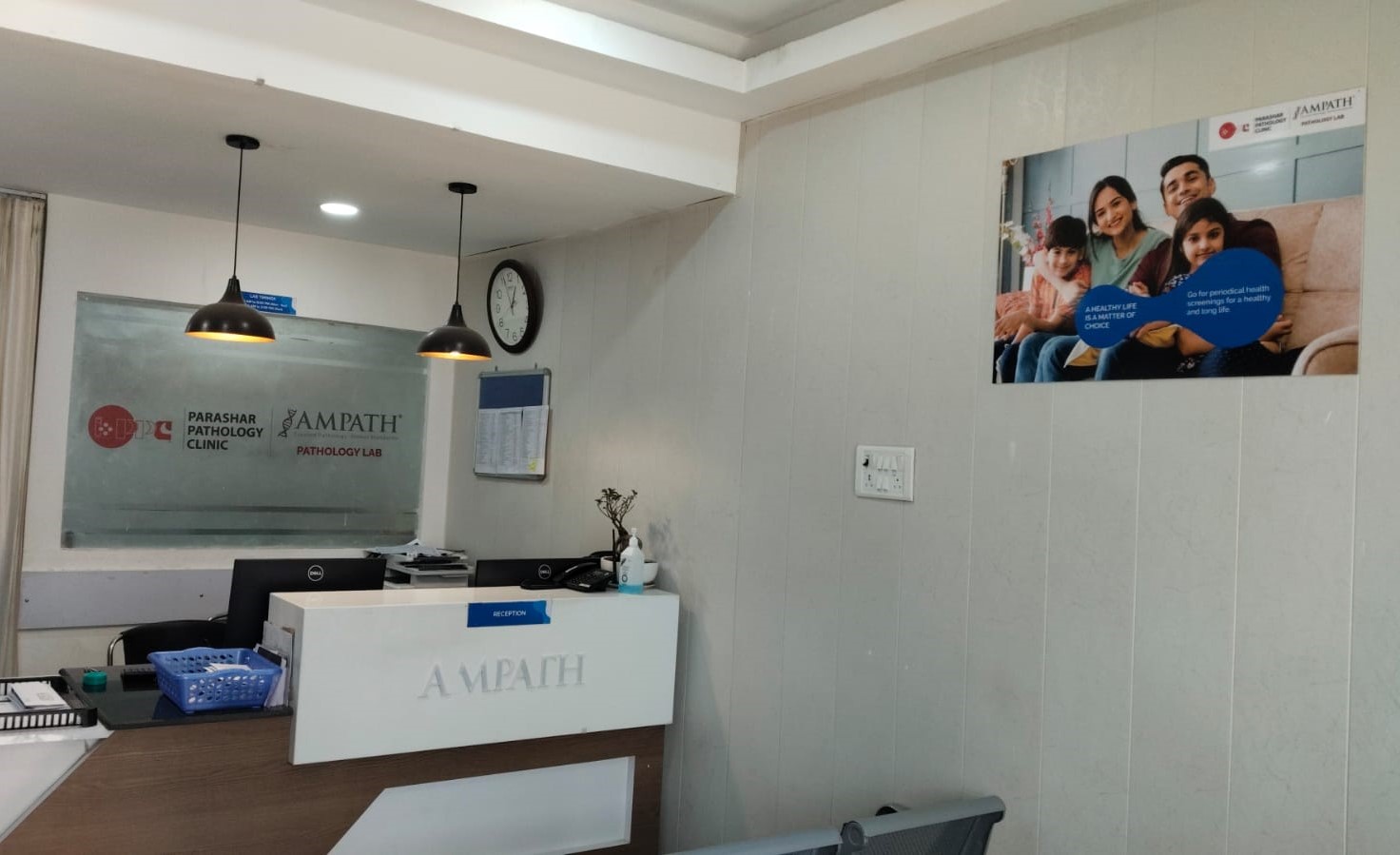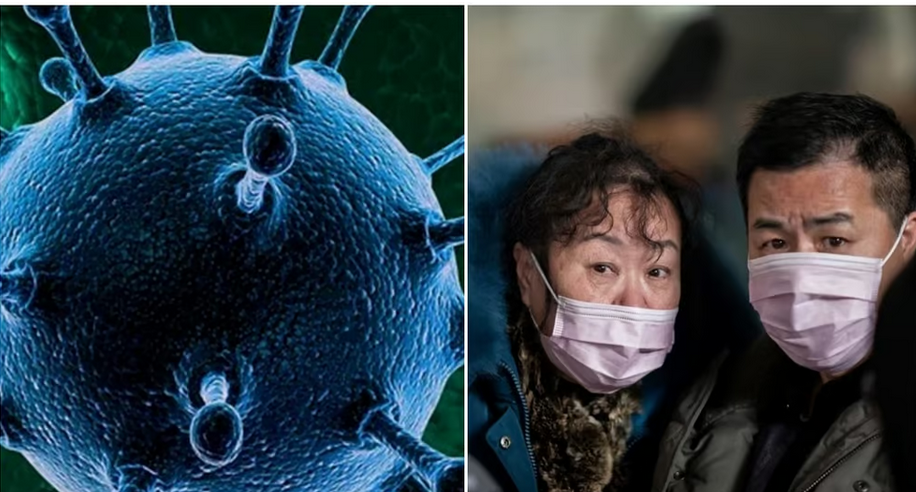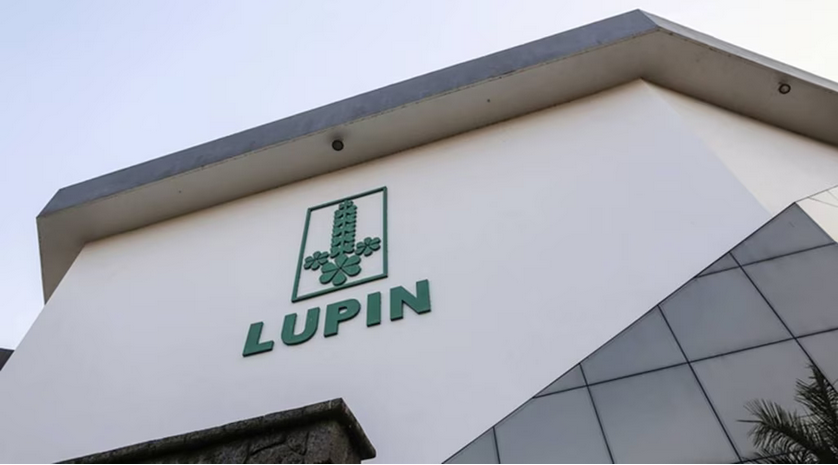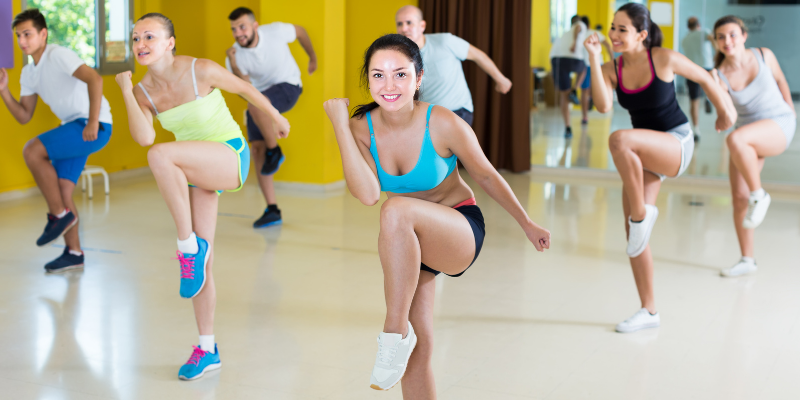Childbirth is a momentous event, but it comes with its own set of risks, particularly for first-time mothers. One serious injury that can occur during childbirth is obstetric anal sphincter injury (OASI). This type of injury affects the anal sphincter muscles and can lead to significant complications such as anal incontinence, difficulties with bowel control, decreased quality of life, and sexual issues. However, a new study has provided hope for reducing the risk of OASI through a procedure called lateral episiotomy.
What is OASI?
Obstetric anal sphincter injury (OASI) is a severe perineal tear that can occur during vaginal delivery. This injury involves the muscles surrounding the anus, which can lead to substantial long-term issues. Women suffering from OASI may experience problems such as incontinence, which is the inability to control bowel movements, and other complications that can severely impact their quality of life.
A Breakthrough in Obstetric Care: Researchers from Stockholm’s Danderyd Hospital and Karolinska Institutet conducted a study to explore ways to reduce the risk of OASI. The findings, published in The BMJ, are based on the EVA (Episiotomy in Vacuum Assisted Delivery) trial. This extensive clinical trial involved over 6,100 pregnant women expecting their first child, recruited from eight Swedish hospitals between 2017 and 2023.
The Role of Lateral Episiotomy: A lateral episiotomy involves making an angled incision in the tissue between the vaginal opening and the anus. This procedure is intended to ease the delivery process and prevent severe perineal tears. The study specifically looked at women undergoing vacuum-assisted deliveries, a situation where the risk of OASI is particularly high.
The results of the study were promising. Among the 702 women who underwent vacuum-assisted delivery, those who received a lateral episiotomy had a 53% lower risk of experiencing OASI compared to those who did not receive the episiotomy. Specifically, 6.1% of women in the episiotomy group sustained an OASI, compared to 13.1% in the non-episiotomy group.
Safety and Complications: One of the significant concerns with episiotomy has been the risk of complications. However, the study found that the lateral episiotomy did not increase the risk of severe blood loss, negative birth experiences, prolonged hospitalization, or other significant complications. There was, however, a higher risk of wound complications such as infection and dehiscence (where the wound reopens) in the episiotomy group.
Expert Insights: Sophia Brismar Wendel, the study’s senior author and associate professor in obstetrics and gynecology at Karolinska Institutet, emphasized the importance of this finding. “Women giving birth for the first time and requiring instrumental birth are at the highest risk of sustaining OASI,” she said. “Therefore, we wanted to assess if such injury could be prevented in this group with a lateral episiotomy when the baby’s head is crowning.”
Implications for Obstetric Care: The use of episiotomy has been a topic of debate in obstetric care, with concerns about its overuse in the past. However, the results of this study suggest that a lateral episiotomy can be a beneficial procedure for reducing the risk of severe childbirth injuries in specific situations. This could impact obstetric practices not only in Sweden but around the world, aiding in shared decision-making between doctors and pregnant women.
The trial is also collecting data on self-reported symptoms at one and five years after childbirth. This long-term follow-up will provide further insights into the effects of lateral episiotomy on issues like anal incontinence and sexual function, helping to better understand the procedure’s long-term benefits and risks.
The EVA trial has opened new avenues for improving the safety of childbirth for first-time mothers, particularly those requiring instrumental assistance. By significantly reducing the risk of OASI through a lateral episiotomy, this study offers a promising approach to preventing severe perineal injuries. As more data becomes available, healthcare providers will be better equipped to make informed decisions, ultimately enhancing the care and outcomes for mothers worldwide.
With the growing body of evidence supporting the benefits of lateral episiotomy, it is crucial for both healthcare professionals and expecting mothers to stay informed about the latest developments in obstetric care. This knowledge can lead to better preparation, improved decision-making, and safer childbirth experiences for all involved.
.jpg)
 The EVA trial has opened new avenues for improving the safety of childbirth for first-time mothers, particularly those requiring instrumental assistance.
The EVA trial has opened new avenues for improving the safety of childbirth for first-time mothers, particularly those requiring instrumental assistance.










.jpeg)



















